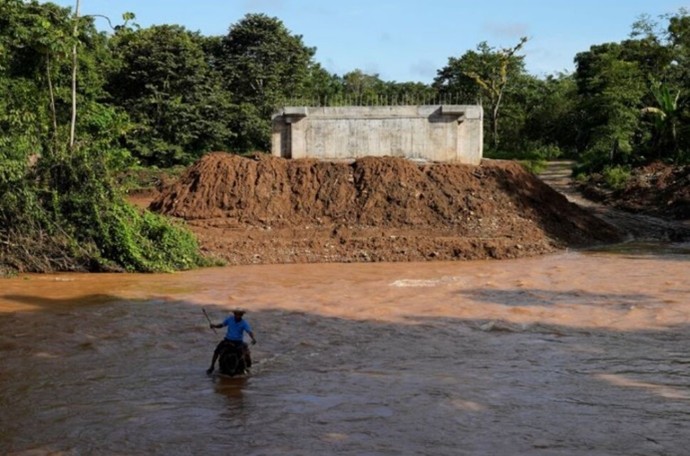
A Long-Awaited Solution
The proposed Rio Indio reservoir, a project first conceived two decades ago, has gained urgency due to increasingly severe droughts, including one in 2023 that significantly disrupted canal operations. The Panama Canal contributes 3.1% of the country's GDP and facilitates 2.5% of global seaborne trade. It is vital to U.S. imports of goods and exports like liquefied natural gas (LNG).
According to deputy administrator Ilya Espino de Marotta, the reservoir could ensure the canal's viability for the next 50 years. The planned 840-meter-long dam would store 1.25 billion cubic meters of water, potentially supporting up to 15 additional vessel transits daily during the dry season while also addressing the freshwater needs of Panama's 4.5 million residents.
The project awaits approval through public consultations, cabinet discussions, and a final decision by the National Assembly. However, past controversies, such as the Supreme Court's 2023 rejection of a major mining contract, highlight the risks of public opposition.
Community Concerns
Around 2,260 people could face relocation, with an additional 2,000 indirectly affected. Residents of Tres Hermanas, a farming and fishing community, express mixed emotions. Some, like rice farmer Paulino Alabarca, lament the prospect of leaving their ancestral lands: "If we leave, it's not because we want to, but because we have to." Others demand detailed compensation plans, with activist group Countrymen Coordinator for Life pressing for clarity on resettlement terms.
The canal authority has allocated $400 million for the project's social components, including relocation. Officials emphasize ongoing dialogue to address concerns. Canal Affairs Minister Jose Icaza stated, "Our priority is to minimize the impact on residents' living conditions."
Environmental and Economic Debate
Critics warn of the environmental damage the project may cause, including deforestation, biodiversity loss, and disruption to aquatic ecosystems. Colorado State University aquatic ecology expert LeRoy Poff emphasized the importance of preserving healthy rivers as climate change intensifies.
Alternative solutions, such as diverting water from the Bayano River reservoir, have been proposed. While this option would avoid displacing communities, it faces logistical and financial hurdles, including negotiations with AES Panama, the hydroelectric power provider that manages the Bayano reservoir.
Despite these challenges, canal officials consider the Rio Indio project essential. "The Rio Indio reservoir is the most viable option for the canal's survival," said Icaza, while Espino suggested that both projects might eventually be needed.
Climate Change Pressures
Panama's canal, unlike the Suez Canal, relies on fresh water for its lock system. Droughts caused by climate change, exacerbated by the El Niño phenomenon, are expected to worsen. Last year marked one of the driest in the canal's 110-year history, and meteorologists predict more severe droughts in the future.
The canal authority is already adapting to water scarcity through measures such as altering its reservation model, promoting cargo consolidation, and developing water recycling systems. However, experts warn of escalating competition for freshwater between the canal and expanding communities.
Environmental advocate Raisa Banfield summed up the dilemma: "The canal must operate efficiently, but there must be a balance. How much are we willing to sacrifice to keep moving bigger and more ships?"